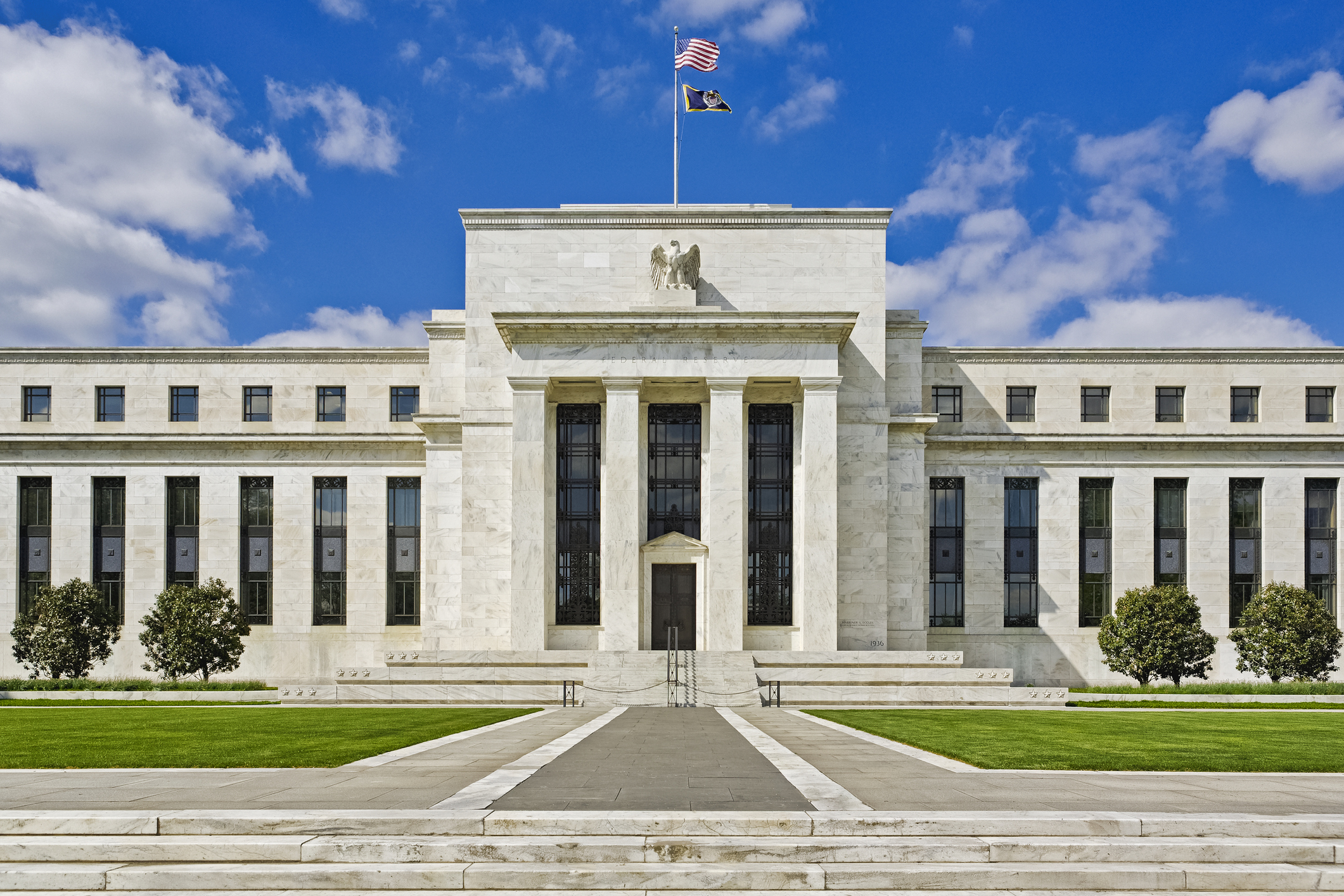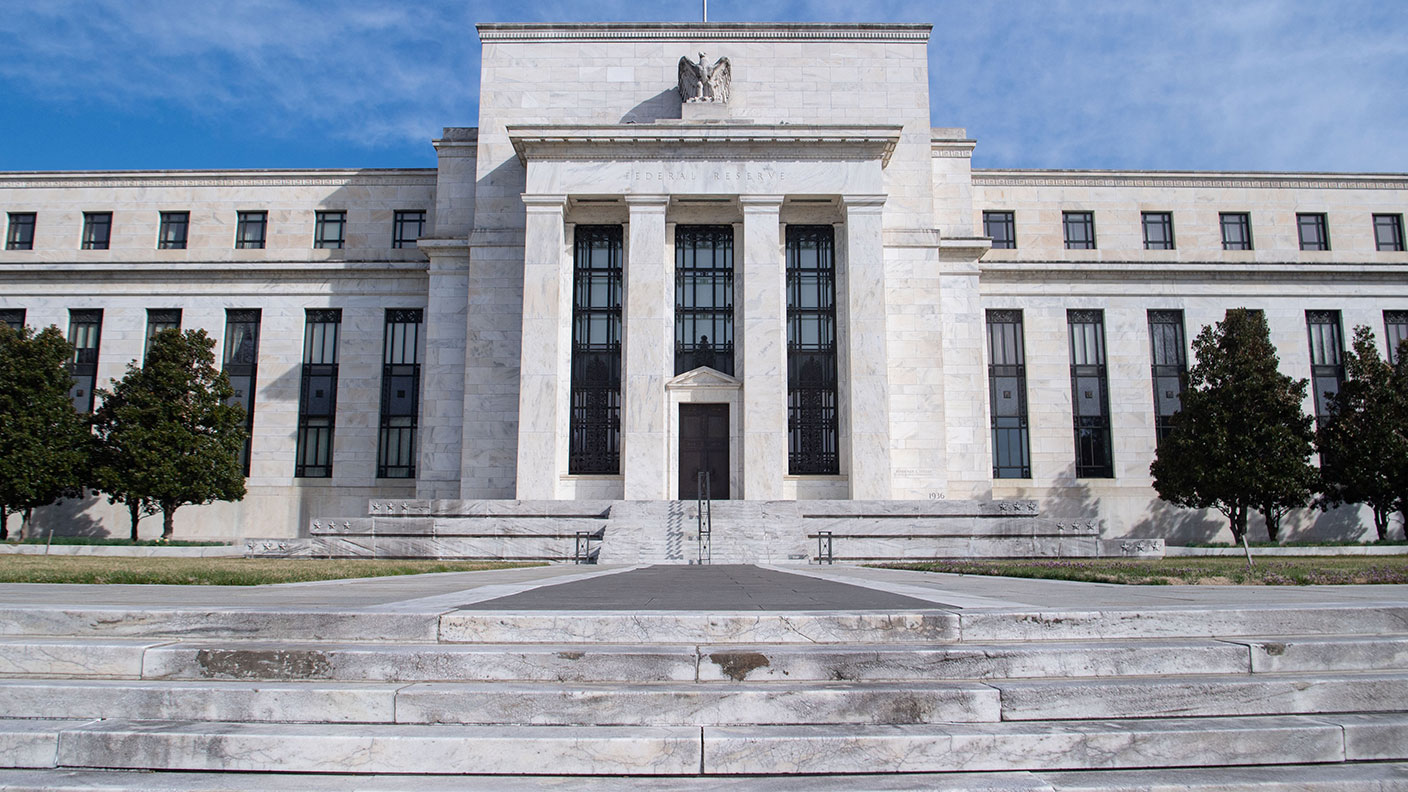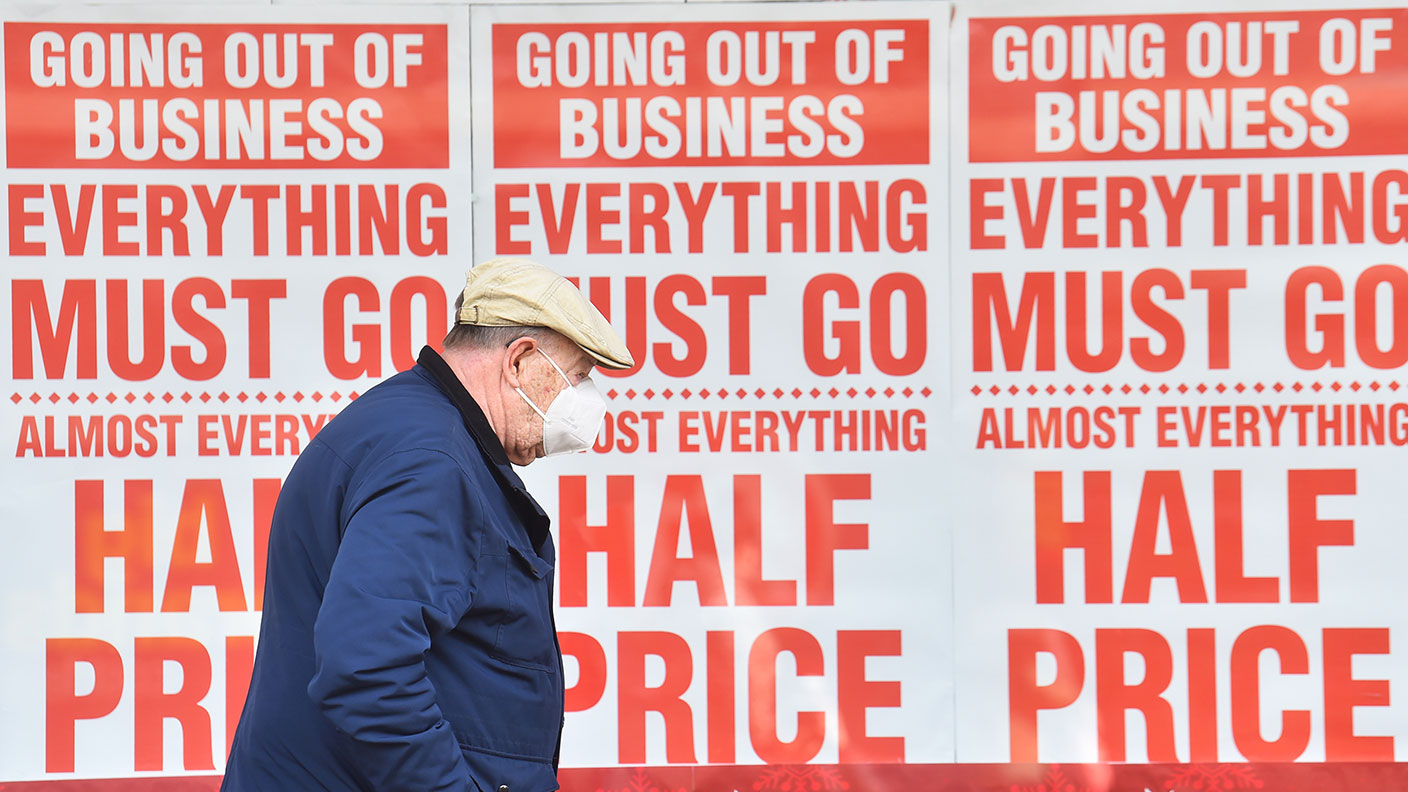24 October 1929: The Wall Street Crash
On this day in 1929, otherwise known as 'Black Thursday', the Dow Jones Industrial Average fell sharply, and confidence in the banks collapsed.

In the 1920s, the US economy enjoyed a long period of rapid growth and high employment. This was partly down to technological innovation and migration from rural to urban areas. But it was also driven by the wide availability of credit.
By the late 1920s, stock prices were soaring, leading more and more people to pile into the market. Many had bought shares on margin' using only a fraction of the price as a down payment.
While the Federal Reserve warned that speculation was getting out of hand, it still injected money into the market to halt a drop in share prices during the spring, creating moral hazard.
Subscribe to MoneyWeek
Subscribe to MoneyWeek today and get your first six magazine issues absolutely FREE

Sign up to Money Morning
Don't miss the latest investment and personal finances news, market analysis, plus money-saving tips with our free twice-daily newsletter
Don't miss the latest investment and personal finances news, market analysis, plus money-saving tips with our free twice-daily newsletter
Storm clouds began to gather in the wider economy. Even as economic indicators started to point to recession, protectionist forces began pushing a plan to raise tariffs greatly. Investors started to panic about the possibility of a trade war.
Eventually, on 24 October 1929 Black Thursday' confidence snapped, leading toThe Wall Street Crash. The Dow Jones Industrial Average fell 11%. Leading bankers tried to calm things by pooling their resources to buy up shares. But prices had fallen so hard that those who bought shares on credit were forced to sell, flooding the market and driving prices even lower.
While the initial rout ended in November, the knock-on impact was huge people lost faith in the financial system and began to pull their money from banks.
The passage of the protectionist Smoot-Hawley Act in 1930 and the Fed's failure to stop the money supply from collapsing only made things worse. By the time the market finally hit rock bottom in the summer of 1932, it had fallen by nearly 90% from the high.
Get the latest financial news, insights and expert analysis from our award-winning MoneyWeek team, to help you understand what really matters when it comes to your finances.

Matthew graduated from the University of Durham in 2004; he then gained an MSc, followed by a PhD at the London School of Economics.
He has previously written for a wide range of publications, including the Guardian and the Economist, and also helped to run a newsletter on terrorism. He has spent time at Lehman Brothers, Citigroup and the consultancy Lombard Street Research.
Matthew is the author of Superinvestors: Lessons from the greatest investors in history, published by Harriman House, which has been translated into several languages. His second book, Investing Explained: The Accessible Guide to Building an Investment Portfolio, is published by Kogan Page.
As senior writer, he writes the shares and politics & economics pages, as well as weekly Blowing It and Great Frauds in History columns He also writes a fortnightly reviews page and trading tips, as well as regular cover stories and multi-page investment focus features.
Follow Matthew on Twitter: @DrMatthewPartri
-
 8 of the best houses for sale with tennis courts
8 of the best houses for sale with tennis courtsThe best houses for sale with tennis courts – from a period property in Dumfries and Galloway with two islands on the River Dee, to a house in Cumbria with a 1977 En Tout Cas tennis court
-
 Review: Eden Roc Cap Cana – fun, sun and golf in the Caribbean
Review: Eden Roc Cap Cana – fun, sun and golf in the CaribbeanTravel Eden Roc Cap Cana in the Dominican Republic offers everything from relaxing by the pool to a world-class golf course
-
 Do we need central banks, or is it time to privatise money?
Do we need central banks, or is it time to privatise money?Analysis Free banking is one alternative to central banks, but would switching to a radical new system be worth the risk?
-
 The Bank of England can’t afford to hike interest rates again
The Bank of England can’t afford to hike interest rates againWith inflation falling, the cost of borrowing rising and the economy heading into an election year, the Bank of England can’t afford to increase interest rates again.
-
 Interest rates held at 5.25% again
Interest rates held at 5.25% againThe Bank of England has kept rates at 5.25% again, in a widely anticipated move. We look at what it means for your money - and what the Bank’s next move could be
-
 Why did SVB collapse and what does it mean for investors?
Why did SVB collapse and what does it mean for investors?News California-based Silicon Valley Bank collapsed seemingly overnight, casting doubts over the future of thousands of tech and science startups in the US and the UK.
-
 Cost-of-living crisis: a disaster years in the making
Cost-of-living crisis: a disaster years in the makingAnalysis The cost-of-living crisis has little to do with Brexit, climate change, Covid-19 or war, says Tim Lee
-
 Financial calendar – what to expect in the week of 2-6 May
Financial calendar – what to expect in the week of 2-6 MayNews A selection of economic events to watch out for in the coming week, including a decision from the Federal Reserve on raising US interest rates, and German retail sales figures.
-
 Are recession fears justified? Maybe it’s time to look on the bright side
Are recession fears justified? Maybe it’s time to look on the bright sideAnalysis There's a lot to feel nervous about right now, and many people are worrying about an impending recession. But it's by no means certain, says John Stepek. There are still plenty of reasons to be cheerful.
-
 The charts that matter: Fed becomes more hawkish
The charts that matter: Fed becomes more hawkishCharts Gold rose meanwhile the US dollar fell after a key Fed meeting. Here’s what else happened to the charts that matter most to the global economy.